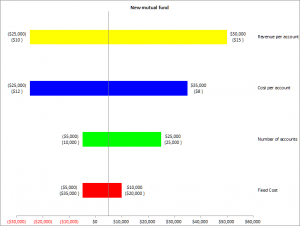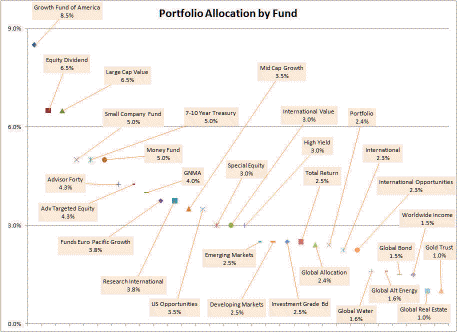This was motivated by a question in the mrexcel.com forum. The person asking for help had multiple comboboxes in a userform, each of which contained the same items, A through L for the purpose of this exercise. These items were sorted alphabetically. He wanted that when the user selected an item in any of the comboboxes, that item would become unavailable in all of the other comboboxes. Further, if the user selected a new item in a combobox already containing a selection, the old item would be made available in the other comboboxes while still maintaining the sort order for the items. For the original request see http://www.mrexcel.com/forum/showthread.php?t=541741.
For a version in a page by itself (i.e., not in a scrollable iframe as below) visit http://www.tushar-mehta.com/publish_train/xl_vba_cases/1053%20class%20to%20manage%20multiple%20controls%20in%20userform.shtml


